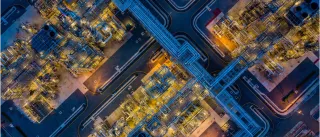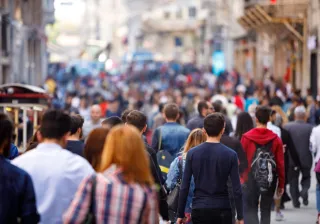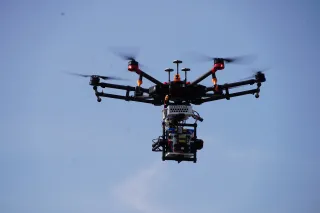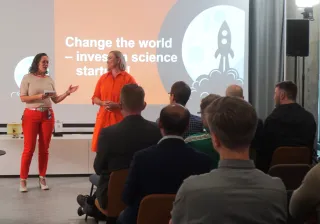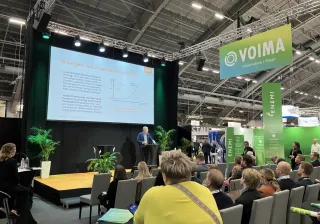Cities consist of complex networks of dependencies, and pandemic has put this system in the state of disruption. Strategic decisions with long-term impacts must now be made in a rapidly changing environment, with strong focus on sustainability.
VTT helps cities to find the path to the unknown new normal in a manageable way. VTT CityTune® is a machine-assisted way of decision-making that combines data and expert knowledge for fast simulations and impact assessment. It supports better decisions by providing different future scenarios, what-if-simulations, and sensitivity analysis, says Peter Ylén, Research Team Leader of Smart city impact assessment at VTT.
City of Espoo seeking a positive spiral
City of Espoo applies VTT CityTune® in its reboot after the COVID-19 crisis, says Päivi Sutinen, Director for the City as a Service development at the City of Espoo. Before the pandemic, Espoo was already facing some major challenges related to the city’s growth, emerging models of democracy, digitalisation as well as sustainability issues. The crisis has accelerated the transformation, but this should be considered an opportunity, Sutinen points out.
The new normal must be defined on an ecosystem level and looking beyond the silos. VTT CityTune® helps Espoo to find the variables that create a positive spiral, and to avoid the negative side effects. The first phase of the project consists in understanding the dynamics and mapping the causalities. In the second phase we proceed to simulation of different scenarios, Sutinen says.
Powering good with sustainable finance
The transition to an environmentally sustainable new normal requires financing. Implementing sustainable finance – integration of sustainability considerations in the financing of economic activities – opens opportunities for green recovery. This can make a difference in the outcome, argues Efrain Tamayo, Researcher at the Transportation, Energy and Environment Researcher Laboratory at Hitachi Europe.
Principles, standards, and legislations for the transition to sustainability supported by sustainable finance are currently being developed. Besides of environmental and society friendly technologies, we need novel monitoring systems that provide evidence on the impacts of green projects. These can be used to provide a clear view to stakeholders unlocking sustainable finance and enabling its benefits.
Cities making a difference
Cities have a key role in sustainability: 70% of greenhouse gases and 70% of energy consumption is originated in cities. Now that they are being transformed, sustainability should be a built-in-feature in every project and investment, says Pekka Tuominen, Senior Scientist specialised in smart city impact assessment at VTT.
The model of doughnut economics helps to define the path. It suggests that everyone should have their necessities covered, while still avoiding the overuse of non-renewable resources. When the expected benefits are greater than the costs and interests, even debt-based funding of investments is well-founded – an aggravated, lengthened crisis is a greater burden to future generations than well-used debt.
There are already some examples of green recovery projects after the COVID-19 pandemic around the world. New Zealand is fast tracking projects with a green angle, and Amsterdam is applying doughnut economy model in recovery investments for fair and sustainable housing. Paris and Milan are investing in cycle ways after seeing a drop in public transportations due to corona. While cities currently have a major impact on the environment, they also offer great opportunities for sustainable solutions, Tuominen believes.
Do you want to know more? Watch the entire webinar

